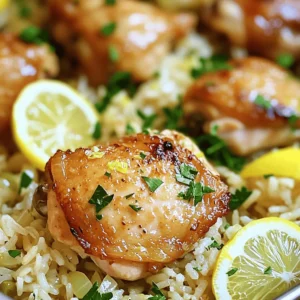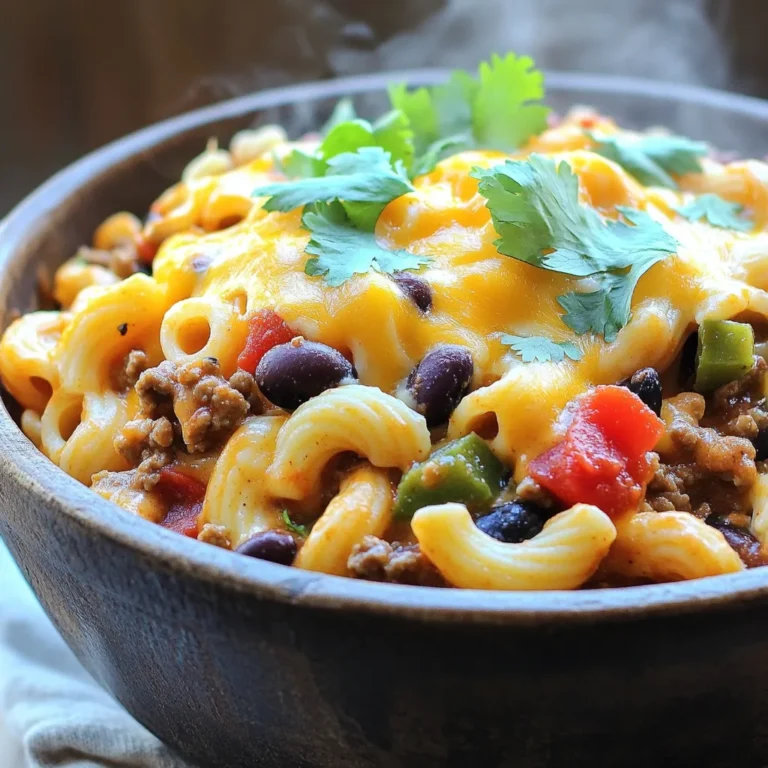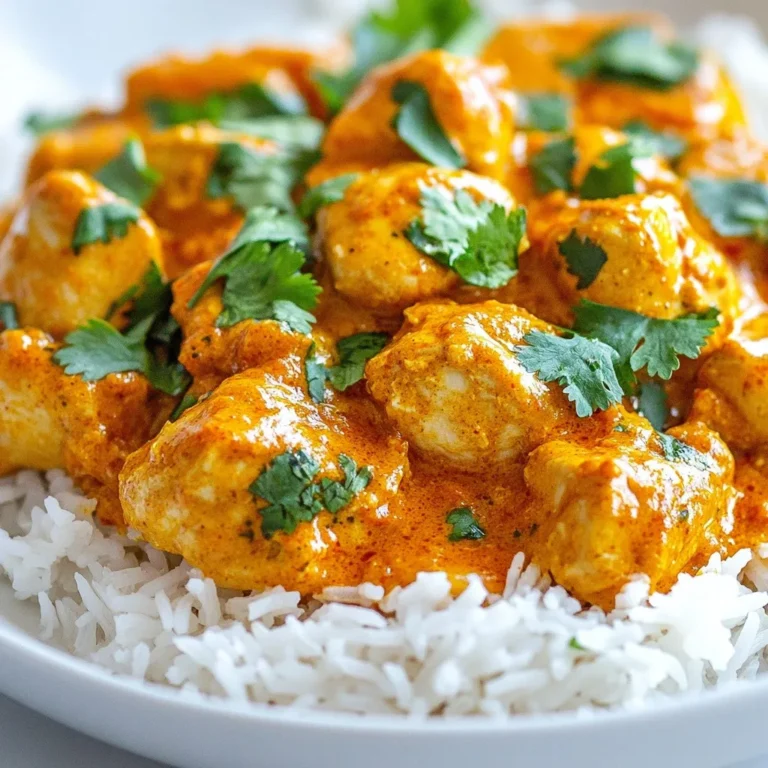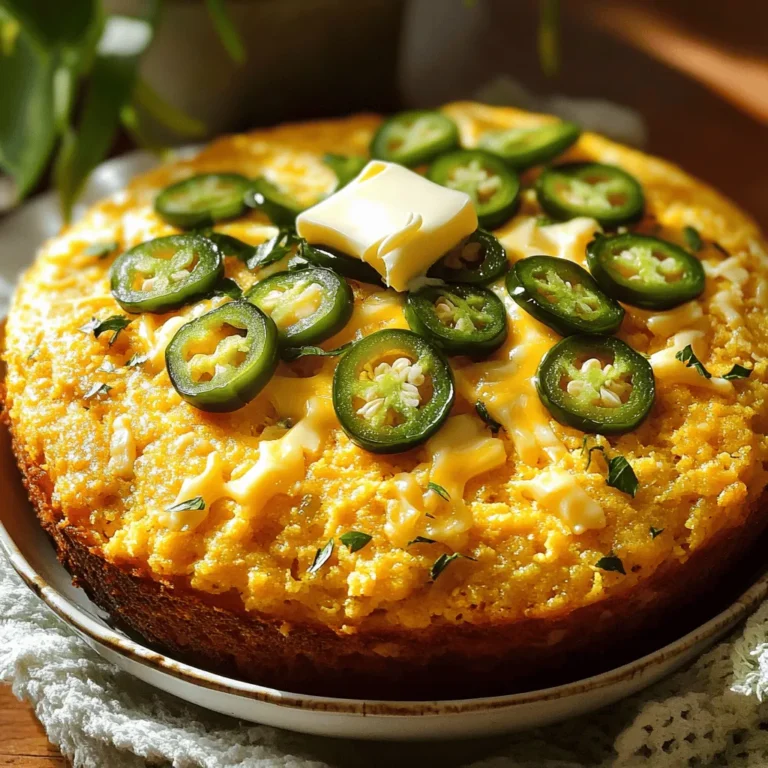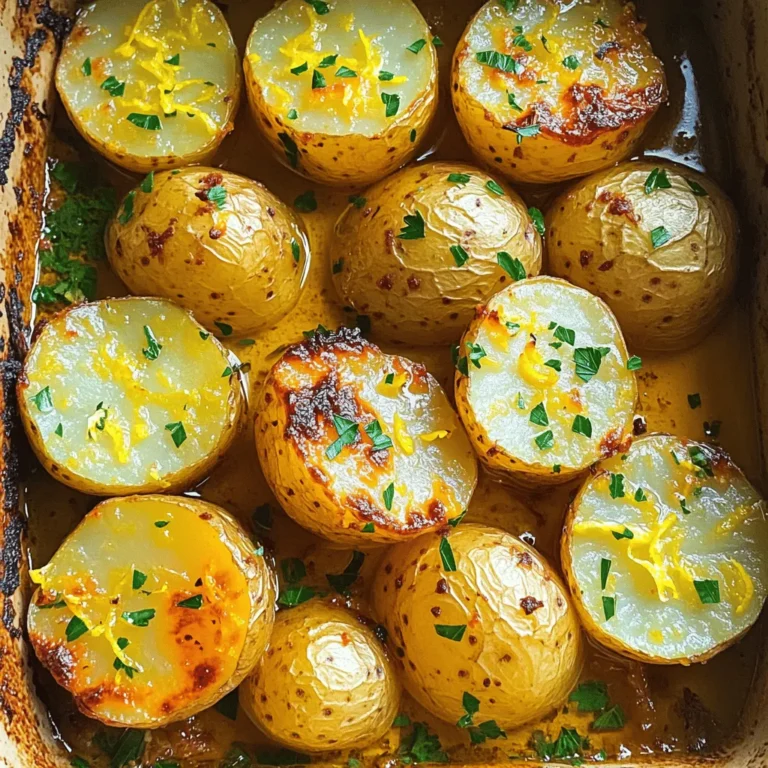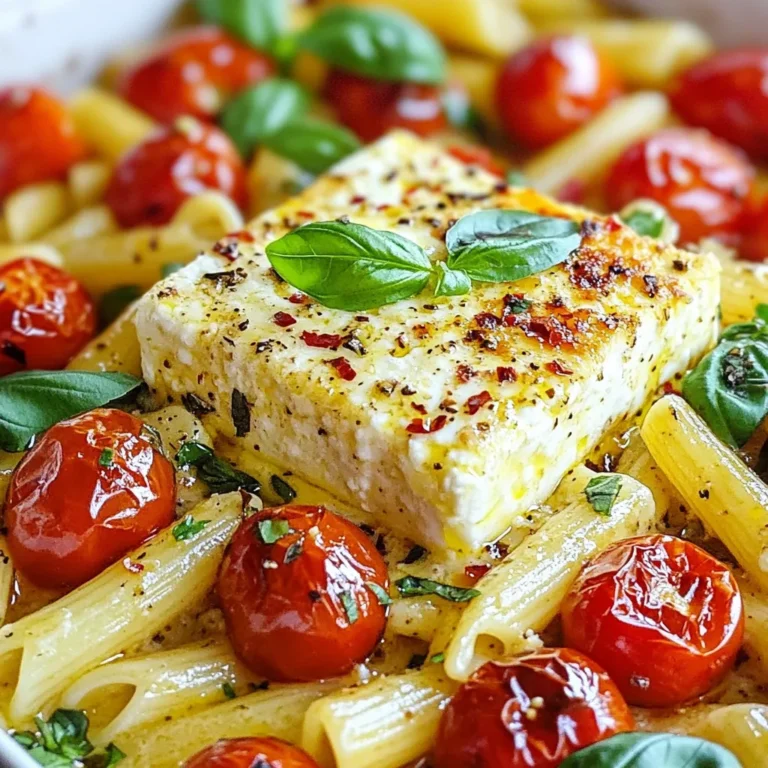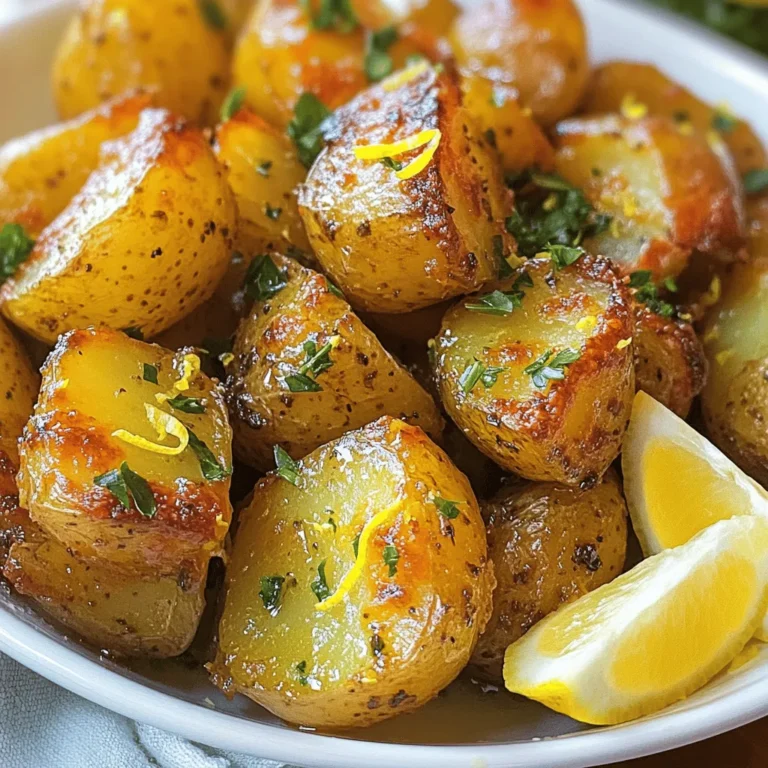One Pot Lemon Chicken Rice Flavorful Dinner Delight
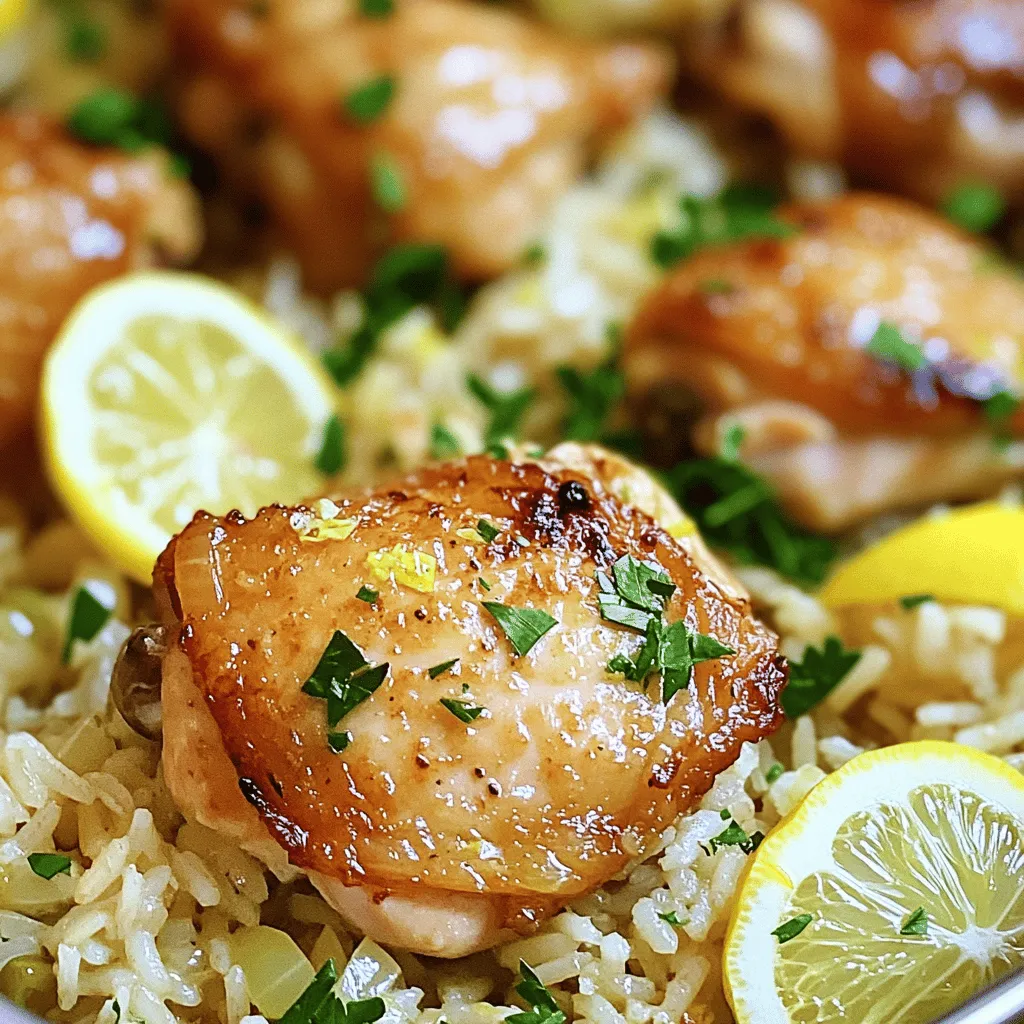
Are you ready for a dinner that bursts with flavor and is easy to make? One Pot Lemon Chicken Rice will delight your taste buds and simplify your weeknight cooking. Using just one pot, this dish combines juicy chicken, zesty lemon, and fluffy rice into a comforting meal. In this post, I’ll guide you through the simple steps to create this delicious dinner. Let’s get cooking!
Ingredients
Main Ingredients
– 1 pound boneless, skinless chicken thighs, cut into bite-sized pieces
– 1 cup long-grain rice, thoroughly rinsed
– 2 cups low-sodium chicken broth
Aromatics
– 1 medium onion, finely diced
– 3 cloves garlic, minced
– Zest and juice of 1 fresh lemon
Seasonings and Garnish
– 1 teaspoon dried oregano
– 1 teaspoon paprika
– 1 tablespoon extra virgin olive oil
– Salt and freshly ground black pepper, to taste
– Fresh parsley, finely chopped (for garnish)
– Optional: Thin lemon slices for decorative garnish
When I cook One Pot Lemon Chicken Rice, I focus on fresh ingredients. The chicken thighs are tender and juicy. Rinsing the rice helps remove excess starch. This makes it fluffy and perfect.
For aromatics, I love the smell of onion and garlic. They create a strong base for the dish. The fresh lemon adds brightness. Its zest and juice lift the flavors.
In terms of seasonings, oregano and paprika bring warmth. Olive oil adds a rich flavor. I always season with salt and pepper to enhance the taste. Fresh parsley gives a nice pop of color and freshness.It’s all about using quality ingredients to make your meal shine. Enjoy cooking!
Step-by-Step Instructions
Preparing Chicken and Seasoning
First, take 1 pound of boneless, skinless chicken thighs. Cut them into bite-sized pieces. In a mixing bowl, season the chicken generously with salt, black pepper, paprika, and dried oregano. Make sure each piece is coated evenly. This step is key for great flavor. If the chicken is not well seasoned, the dish will lack depth.
Sautéing the Aromatics
Next, heat 1 tablespoon of extra virgin olive oil in a large pot over medium heat. Add 1 medium diced onion and sauté for 3-4 minutes. Look for it to become soft and translucent. Then, add 3 cloves of minced garlic. Sauté for another minute, but watch closely. Garlic can burn quickly, and burnt garlic tastes bitter.
Cooking Chicken and Incorporating Rice
After the onion and garlic smell wonderful, it’s time to add the chicken. Raise the heat to medium-high. Carefully add the seasoned chicken pieces to the pot. Cook, stirring occasionally, for about 5-7 minutes. You want the chicken lightly browned on all sides. Once browned, stir in 1 cup of long-grain rice. Add the zest and juice of 1 fresh lemon, mixing well. Now, pour in 2 cups of low-sodium chicken broth. Raise the heat and bring everything to a brisk boil.
Simmering and Fluffing
Once it reaches a boil, reduce the heat to low and cover the pot. Let it simmer for 20 minutes. This allows the rice to absorb all the flavorful broth. After 20 minutes, remove the pot from heat but let it sit, covered, for another 5 minutes. This resting period is important; it makes the rice fluffy. Finally, use a fork to gently fluff the rice and mix it with the chicken. This helps ensure every bite is full of flavor.
Tips & Tricks
Cooking Tips for Perfect Results
To ensure your chicken is cooked through, cut the thighs into small, even pieces. This helps them cook faster and more evenly. Use a meat thermometer to check for doneness. The internal temperature should reach 165°F. Adjust seasoning to taste by starting with the basics. After cooking, taste the dish and add more salt, pepper, or lemon juice if needed. This will enhance the flavors and make the dish pop.
Fluffing Rice Techniques
When fluffing rice, use a fork instead of a spoon. A fork separates the grains better, giving a lighter texture. To prevent rice from sticking, rinse the rice thoroughly before cooking. This removes excess starch. You can also add a dash of olive oil to the pot before cooking. This will help keep the rice fluffy and separate.
Presentation Suggestions
For the best serving dishes, use wide, shallow bowls. This allows the chicken and rice to shine. Garnish with freshly chopped parsley for a burst of color. Thin lemon slices on top add a nice visual touch too. You can also use colorful vegetables to enhance the plate. Bright colors make the dish look more inviting and appetizing.

Variations
Adding Vegetables
You can make One Pot Lemon Chicken Rice even better by adding vegetables. Seasonal veggies not only boost flavor but also add nice color. Try adding:
– Bell peppers: Slice them thin and add with the onion.
– Carrots: Cut into small pieces and mix in at the start.
– Peas: Add them in the last few minutes of cooking for a pop of sweetness.
– Spinach: Stir in fresh spinach just before serving for added nutrition.
Different veggies have different cooking times. For example, carrots take about 10-12 minutes to soften. Peas only need a few minutes, so add them later. This way, they stay bright and fresh.
Protein Alternatives
If you’re not a fan of chicken, you have options. You can switch chicken with shrimp or tofu. Both will change the dish’s taste and texture.
– Shrimp: Cooked shrimp only needs about 3-5 minutes. Add it after the rice is halfway done to avoid overcooking.
– Tofu: Use firm tofu, cut into cubes. Sauté it with the onion for about 5-7 minutes before adding rice. This will help it absorb flavors.
Adjust cooking times based on the protein you choose. This keeps your dish tasty and enjoyable.
Flavor Enhancements
To make the flavors pop, add herbs and spices. Here are a few ideas:
– Fresh herbs: Basil, thyme, or dill can bring a fresh taste. Add them just before serving.
– Spices: Try adding cumin or coriander for a warm flavor. Mix these in with the chicken.
You can also explore citrus flavors. Besides lemon, you can use:
– Lime: It gives a zesty twist that brightens the dish.
– Orange: A splash of orange juice adds sweetness.
These enhancements will make your One Pot Lemon Chicken Rice a delightful dinner choice.
Storage Info
Storing Leftovers
To keep your One Pot Lemon Chicken Rice fresh, refrigerate it right away. Place it in an airtight container to keep out air and moisture. This helps maintain its flavor and texture. Aim to eat the leftovers within three days for the best taste.
Reheating Instructions
When reheating, you want to keep the rice fluffy. For the microwave, use a microwave-safe dish with a lid. Add a splash of broth or water to avoid dryness. Heat in short bursts, stirring in between. If you prefer the stovetop, use a non-stick pan. Add a little broth and heat on low, stirring gently until warm.
Freezing Options
To freeze One Pot Lemon Chicken Rice, allow it to cool completely. Use freezer-safe bags or containers. Remove as much air as possible before sealing. It can stay fresh for up to three months. When ready to eat, thaw it overnight in the fridge. You can also use the microwave on the defrost setting for quicker thawing.
FAQs
Can I make One Pot Lemon Chicken Rice ahead of time?
Yes, you can prepare One Pot Lemon Chicken Rice ahead of time.Let it cool completely.
– Store Properly: Place it in an airtight container. Refrigerate for up to three days.
– Reheat Gently: When ready to eat, reheat on the stove with a splash of broth.
This method keeps the chicken juicy and the rice tasty.
What can I serve with One Pot Lemon Chicken Rice?
You can serve many sides with One Pot Lemon Chicken Rice. Here are some ideas:
– Steamed Green Beans: They add color and crunch.
– Simple Salad: A fresh green salad with lemon vinaigrette pairs well.
– Roasted Vegetables: Carrots or zucchini add more nutrients and flavor.
Each side will enhance your meal and bring out the lemon taste.
How can I adjust this recipe for a larger crowd?
Scaling up this recipe is easy. Here’s how:
– Double the Ingredients: Use two pounds of chicken and two cups of rice.
– Increase Broth: Use four cups of chicken broth to keep it moist.
– Cooking Time: You may need a few extra minutes to simmer. Check the rice for doneness.
These adjustments will help you serve more people without losing flavor.
Is it possible to make this recipe in a slow cooker?
Yes, you can adapt this recipe for a slow cooker.
– Sauté First: Brown the chicken and onions in a pan first. This step adds flavor.
– Combine in Slow Cooker: Add all ingredients to the slow cooker.
– Cook on Low: Set it on low for 4-6 hours or high for 2-3 hours.
This method makes it easy to prepare your meal ahead of time.
This blog post covered how to make One Pot Lemon Chicken Rice. We explored key ingredients like chicken thighs, rice, and broth. I shared steps for seasoning, sautéing, and cooking. You learned tips for perfecting rice and ideas for fun variations.
In the end, you can create a delicious meal that’s easy and flexible. Enjoy making this dish for family and friends, and don’t be afraid to tweak it! Happy cooking!
